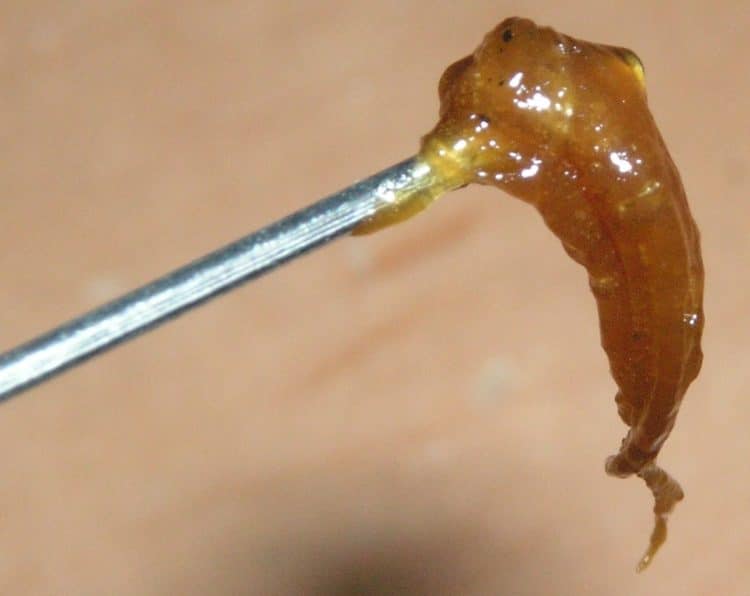Concentrates have historically had problems with residual solvents and other contamination. [1] Advances in extraction technology, along with a strict legislative limit and robust testing industry have ensured the vast majority of extracts that make it to market are safe, free and clear of undue contamination. However, it is worth reviewing what residual solvents are, and what the detrimental effects of having excess of them in an extract may be.
When active constituents are extracted from cannabis using solvent-based methods, the so-called “crude extract” contains a combination of all the plant products which are soluble in the solvent that was used, as well as some amount of the solvent itself. Even though closed-loop extraction systems recycle the majority of solvent for later reuse, some amount will remain dissolved in the plant extract until further purification steps are done. Sometimes, solvents like acetone or isopropyl alcohol, which aren’t directly used in the extraction process but are used in the lab for cleaning or maintenance work, can contaminate a product as well.
Manufacturers who work with hydrocarbon extraction systems most often employ a vacuum-oven to remove residual hydrocarbon solvents from their final products. The process of decarboxylation and distillation in the manufacture of vape oil removes residual solvents. And just to make sure everything was done correctly, cannabis testing laboratories test for residual solvents as part of their routine investigation into extracts they certify, one method of detecting trace amounts of solvent being by flame ionization detection.
If, after these steps, residual solvents were to remain in products intended for consumption, one obvious effect would be a change of flavor from the original formulation. Ethanol and acetone both have a very particular odor and taste, which, once vaporized, can be detected by the human body at concentrations as low as 80 ppm or 100-140 ppm, respectively. Although becoming acutely toxic from residual hydrocarbons is unlikely, with toxic doses of butane and propane being in the tens of thousands of ppm’s, excess levels can lead to a reduced boiling point of the extract, which can significantly affect the quality of the extract or its effects.
It’s a very good thing that products today are rigorously tested for residual solvents. This regulation ensures that cannabis products are safe to consume both medicinally and recreationally, and adhering to these requirements is a necessary step in ensuring the successful evolution of cannabis products into the mainstream consumer market.
References
- Raber J.C. et al. “Understanding dabs: contamination concerns of cannabis concentrates and cannabinoid transfer during the act of dabbing”. J Toxicol Sci. 2015; 40(6): 797-803 [Times cited = 89, Journal impact factor = 1.719].
Image Credit: Wikimedia Commons












